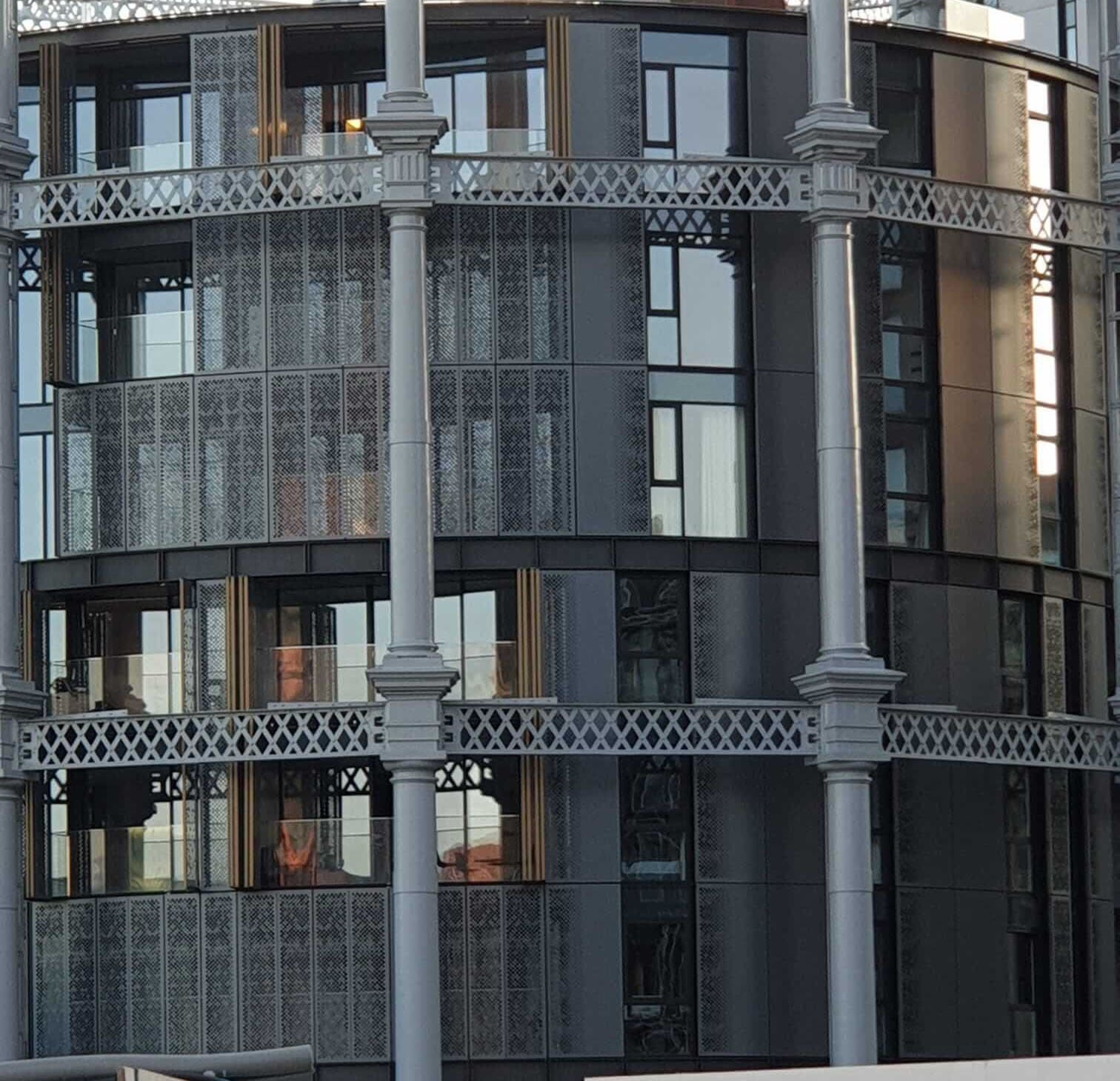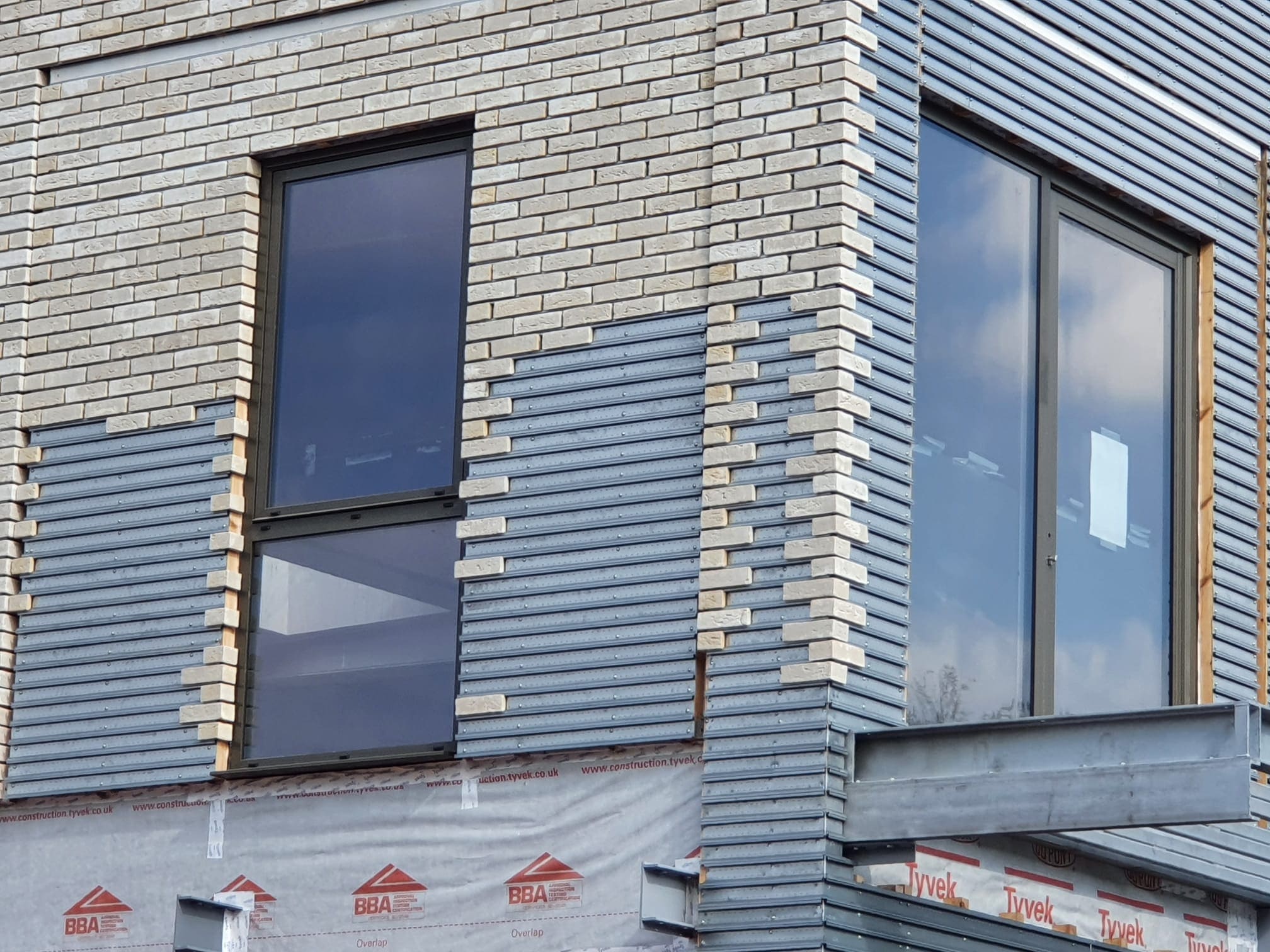 604
604
 0
0
UK Construction Industry Faces Challenging Times in 2023
Various reports have predicted tough times ahead for the UK construction industry due to the ongoing economic challenges. Construction costs are rising, and demand for new projects is declining. Glenigan forecasts a 2% drop in most types of construction projects for 2023.
Cost-of-Living Crisis Impacting the Retail Sector
The cost-of-living crisis and reduced consumer expenditure are key factors affecting the retail sector within construction. These financial pressures are expected to dampen demand and influence contractors and subcontractors when bidding for projects.
Loss of Momentum in Construction Activity
According to the Royal Institution of Chartered Surveyors (RICS), there has been a significant loss of momentum in construction activity, with only 8% of surveyors optimistic about an increase in workloads over the next year. Additionally, housing product supply remains problematic despite declining demand.
Private Residential Projects and the Impact of Affordability
Private residential projects are expected to see a downturn in 2023, primarily due to reduced household incomes, higher mortgage rates, and the lack of affordable homes. However, there are some bright spots on the horizon in the construction industry.
Infrastructure to Be a Bright Spot in 2023
Despite challenges in other areas, infrastructure projects are expected to thrive in 2023, particularly in regions outside London. Areas like Scotland, Wales, and the North West will benefit from increased new projects, driven by the government’s leveling-up agenda.
RICS' Expectations for the Construction Workload in 2023
RICS anticipates that workloads in construction will remain relatively flat in 2023. While major ongoing projects will provide some support, the challenges related to access to credit, labor shortages, and material costs will persist. The industry is hoping for stability under PM Rishi Sunak’s leadership.





Meet our Expert Property Commentators



























